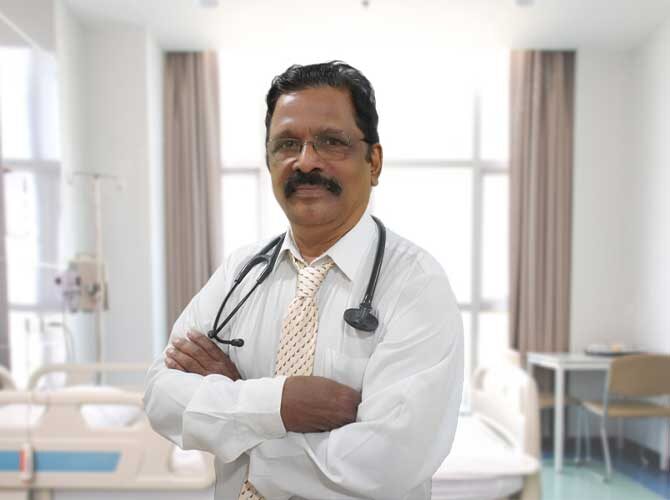An anesthesia doctor, also known as an anesthesiologist, is a medical professional who specializes in providing anesthesia and perioperative care to patients in a hospital setting. They are responsible for ensuring the safety and comfort of patients before, during, and after surgical procedures.
Here are some key responsibilities of an anesthesia doctor in a hospital:
- Preoperative Assessment: The anesthesiologist evaluates patients before surgery to assess their medical history, current health status, and any potential risks or complications related to anesthesia. They may order and interpret relevant tests, such as blood work or imaging studies, to gather necessary information.
- Anesthesia Administration: The anesthesiologist determines the appropriate type and dosage of anesthesia for each patient, taking into account factors like the surgical procedure, the patient’s medical condition, and their preferences. They administer anesthesia to induce and maintain a state of unconsciousness, pain relief, and relaxation during surgery.
- Monitoring: Throughout the surgery, the anesthesiologist closely monitors the patient’s vital signs, including heart rate, blood pressure, oxygen levels, and temperature. They adjust anesthesia levels as needed and intervene to address any complications or changes in the patient’s condition.
- Pain Management: Anesthesia doctors are trained in managing acute and chronic pain. They may provide pain relief techniques, such as nerve blocks or epidurals, during and after surgery to ensure the patient’s comfort.
- Patient Safety: Anesthesia doctors are responsible for ensuring the overall safety of patients in the operating room. They play a crucial role in preventing and managing complications related to anesthesia, such as adverse reactions, respiratory problems, or allergic responses.
- Postoperative Care: After surgery, the anesthesiologist continues to monitor the patient’s recovery, managing pain and addressing any potential complications. They may also provide instructions for postoperative pain management and follow-up care.
- Collaborative Approach: Anesthesia doctors work closely with surgeons, nurses, and other healthcare professionals to provide comprehensive care to patients. They communicate with the surgical team to ensure the smooth progress of the operation and coordinate the patient’s care in the perioperative period.
Becoming an anesthesia doctor requires completing medical school, followed by a residency program specializing in anesthesiology. After residency, an anesthesiologist may choose to pursue additional fellowship training in a specific subspecialty within anesthesiology, such as pediatric anesthesia, cardiac anesthesia, or pain management.
It’s worth noting that the specific responsibilities of an anesthesia doctor may vary depending on the hospital, the surgical procedures performed, and the patient population served.



